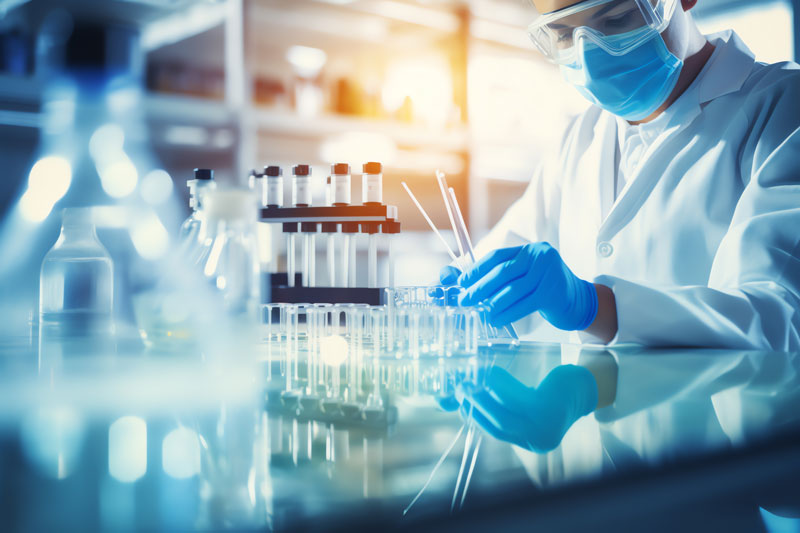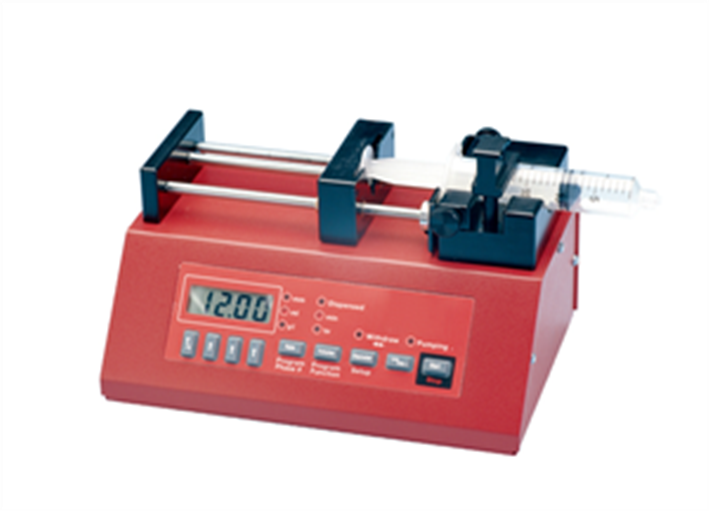
Organ-on-Chip, TEER, and New Drug Development
The process of drug discovery and development is extremely slow and expensive. Regulatory authorities, such as US FDA need animal models to test absorption, distribution, metabolism, and excretion (ADME) which estimates safety and effectiveness of a drug. Similarly, the drug metabolism and pharmacokinetics (DMPK) studies are critical in the preclinical phase. The concentrations of orally administered drugs in the blood were compared among humans and animals, and the data between humans and animals were found to have poor correlation. The renal clearance in animal models can overestimate human renal clearance.1 Hence, findings from animal studies cannot be always applicable to humans. However, during the drug discovery phase, pharmacokinetic (PK) studies are normally done in animals. Due to ethical considerations, animal studies are avoided wherever there are suitable alternatives. The 2D cell cultures can provide basic PK information, such as drug absorption. However, the toxicity can be overestimated or underestimated in 2D cell cultures since the in vivo metabolic mechanism to form metabolites are normally lacking in simple cell culture models.1 Thus, there is a need to create efficient in vitro models to test ADME-DMPK.
Organ-on-chip (OoC) models and organoids are becoming popular since they can use multiple cell systems in miniature structures and are able to grow and maintain tissues under relevant in vivo physiological conditions, such as fluid flow and shear. The main benefit of OoC technology for ADME-DMPK studies is the ability to interconnect multiple different organ models so that equivalent multiorgan in vivo conditions can be created. With OoC, the uptake, transport and metabolism of a drug can be effectively monitored by using physiologically relevant barriers.1
|  |
Transendothelial/epithelial electrical resistance (TEER) is a non-invasive and label free analytical method that estimates epithelial and endothelial tissue barrier properties.2 Samples that undergo TEER analysis can be further used for other tests or experiments. WPI’s EVOM™ based TEER measurement is considered as the gold standard of TEER measurement and has been used and cited for different tissue models over the years.2-4 WPI has been providing manual TEER measurement solution for more than 35 years in the form of older manual systems such as EVOM, EVOM2, ERS, ERS-2 and current EVOM™ Manual; and automated TEER measurement solution for more than 10 years with older automated system, including the REMS and current system, EVOM™ Auto. WPI offers electrodes that are matched with appropriate measurement platforms such as 6, 12, 24, and 96 wells. With the emerging field of OoC, WPI continues to integrate WPI’s EVOM™ technology to OoC platforms so that tissue models can be validated by TEER measurement. The quality of the OoC tissues can be functionally verified by fast and simple TEER measurements before performing ADME-DMPK studies. Thus, WPI’s EVOM™ technology could be a promising solution for OoC applications, OoC model validation, quality analysis (QA), and quality control (QC).
References
1. van Berlo, Damiën, et al. "The potential of multi-organ-on-chip models for assessment of drug disposition as alternative to animal testing." Current Opinion in Toxicology 27 (2021): 8-17.
2. Nazari, Hojjatollah, et al. "Advances in TEER measurements of biological barriers in microphysiological systems." Biosensors and Bioelectronics (2023): 115355.
3. Elbrecht, Daniel H., Christopher J. Long, and James J. Hickman. "Transepithelial/endothelial Electrical Resistance (TEER) theory and applications for microfluidic body-on-a-chip devices." Journal of Rare Diseases Research & Treatment 1.3 (2016).
4. Srinivasan, Balaji, et al. "TEER measurement techniques for in vitro barrier model systems." Journal of laboratory automation 20.2 (2015): 107-126.




Request
Catalogue
Chat
Print